| |
Family (Alpha): | |
| View | Acrididae Members:
| NC Records |
|---|
Mermiria intertexta Scudder, 1899 - Intertexta Mermiria |
 | 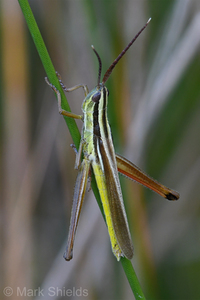 |
|
|
|
|
|
Image Gallery for Mermiria intertexta - Intertexta Mermiria
|
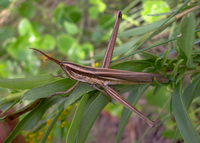 | Recorded by: R. Newman
Carteret Co.
Comment: |  | Recorded by: L. Eckart
Carteret Co.
Comment: |
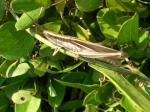 | Recorded by: R. Newman
Carteret Co.
Comment: |  | Recorded by: R. Newman
Carteret Co.
Comment: |
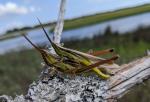 | Recorded by: R. Newman
Carteret Co.
Comment: | 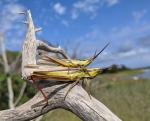 | Recorded by: R. Newman
Carteret Co.
Comment: |
 | Recorded by: R. Newman
Carteret Co.
Comment: |  | Recorded by: R. Newman
Carteret Co.
Comment: |
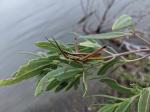 | Recorded by: R. Newman
Carteret Co.
Comment: | 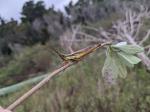 | Recorded by: R. Newman
Carteret Co.
Comment: |
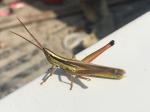 | Recorded by: B.Fleming
Carteret Co.
Comment: |  | Recorded by: Mark Shields
Onslow Co.
Comment: |
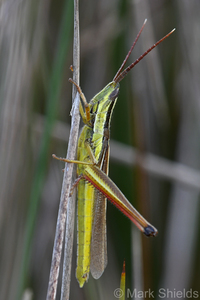 | Recorded by: Mark Shields and Hunter Phillips
Onslow Co.
Comment: | 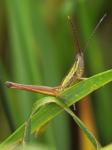 | Recorded by: E. Corey, J. Vann
New Hanover Co.
Comment: |
 | Recorded by: E. Corey
New Hanover Co.
Comment: | 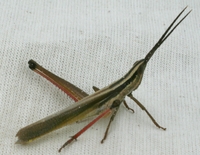 | Recorded by: E. Corey
New Hanover Co.
Comment: |
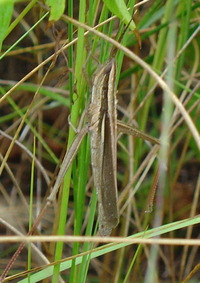 | Recorded by: Matt Windsor
Dare Co.
Comment: JORI - in salt marsh on spartina patens |
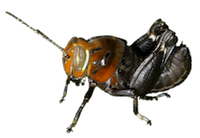
 »
»


 »
»
